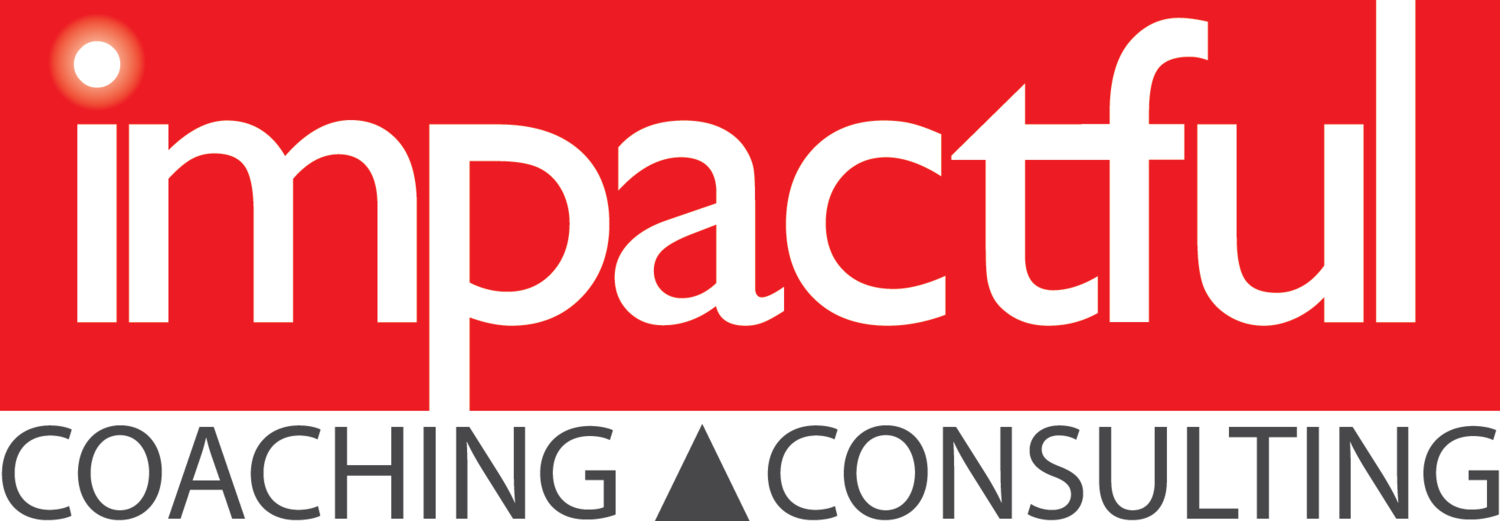Determining if someone is truly sorry and trustworthy can be a complex and subjective process, but there are several key factors to consider when trying to assess their sincerity and reliability:
Apology and Acknowledgment: A genuine apology is often the first step. The person should acknowledge their wrongdoing, take responsibility for their actions, and express remorse for the harm they've caused.
Empathy and Understanding: A sincere apology should demonstrate empathy and understanding of how their actions have affected you or others. They should be able to articulate the impact of their behavior on your feelings.










